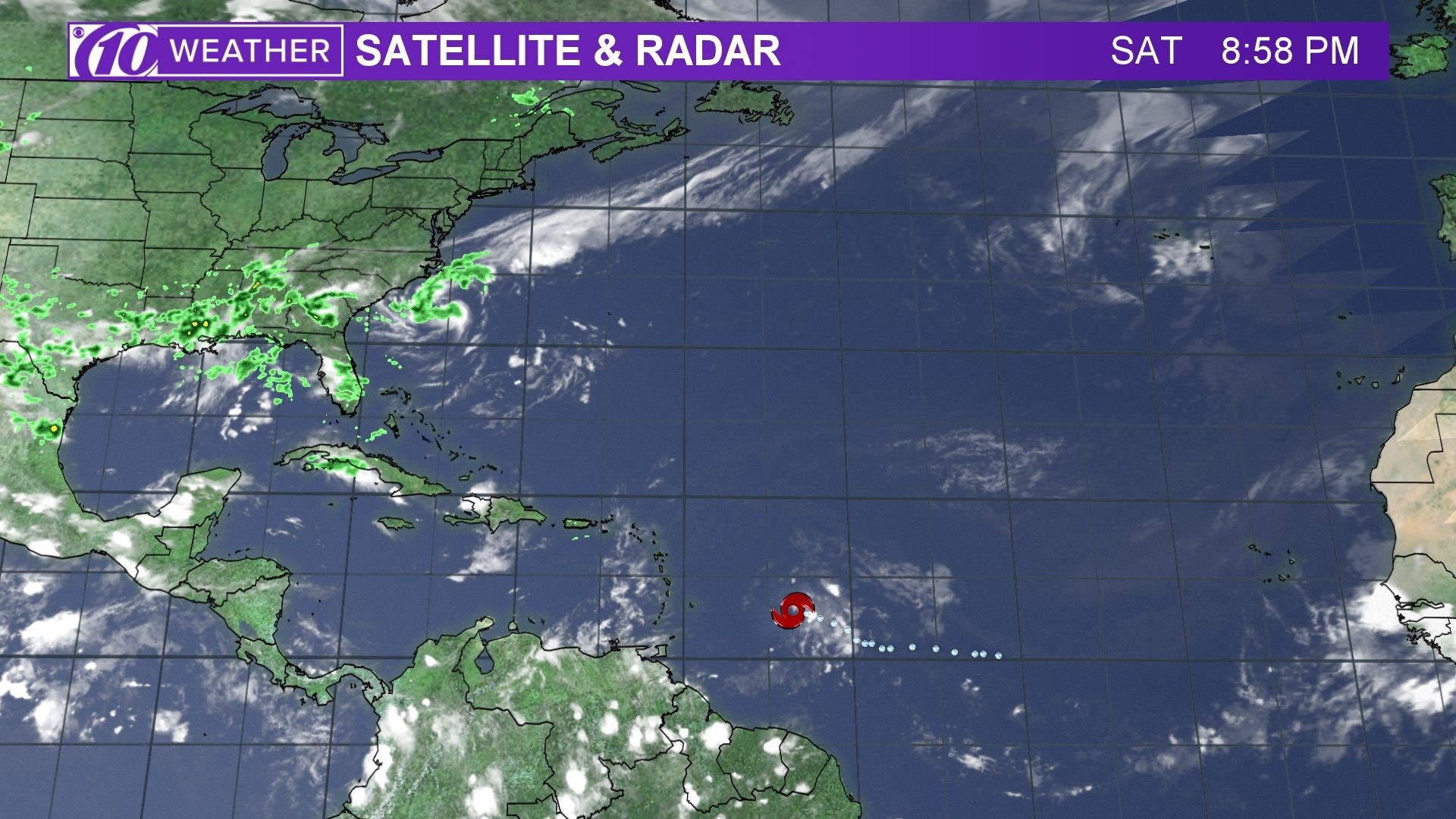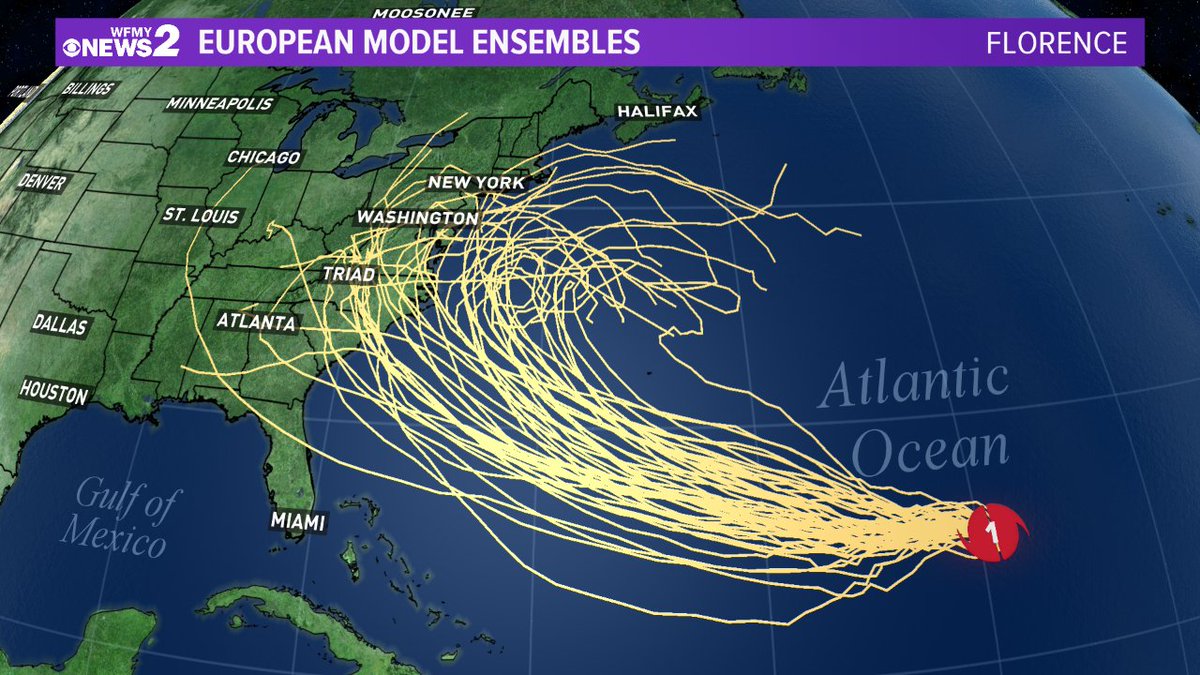Understanding Hurricane Beryl Spaghetti Models

Hurricane beryl spaghetti models – Hurricane Beryl is a tropical cyclone that has recently formed in the Atlantic Ocean. As with all hurricanes, meteorologists are using spaghetti models to help predict its path and intensity.
Spaghetti models are a type of computer model that is used to forecast the track of a hurricane. They work by simulating the hurricane’s movement based on the current atmospheric conditions and the predicted changes in those conditions. The output of a spaghetti model is a series of lines, each of which represents a possible path that the hurricane could take.
Types of Spaghetti Models, Hurricane beryl spaghetti models
There are two main types of spaghetti models: deterministic and ensemble.
Hurricane Beryl spaghetti models depict possible paths of the storm. For more detailed information, consult the tropical storm beryl spaghetti models. These models provide valuable insights into the storm’s potential trajectory, helping meteorologists and emergency responders make informed decisions.
By staying updated with the latest hurricane Beryl spaghetti models, individuals can prepare for the storm’s impact and stay safe.
Deterministic models use a single set of initial conditions to simulate the hurricane’s movement. This means that the output of a deterministic model is a single line, representing the most likely path of the hurricane.
Hurricane Beryl spaghetti models show a wide range of possible paths for the storm. To get the most up-to-date information on the path of hurricane beryl , check the National Hurricane Center website. The spaghetti models are just one tool that meteorologists use to forecast the path of a hurricane, and they can change frequently as new data becomes available.
It’s important to stay informed about the latest forecasts and to take precautions if you live in an area that could be affected by the storm.
Ensemble models use a range of initial conditions to simulate the hurricane’s movement. This means that the output of an ensemble model is a series of lines, each of which represents a possible path that the hurricane could take.
Ensemble models are generally more accurate than deterministic models, as they take into account the uncertainty in the initial conditions.
Example of a Spaghetti Model for Hurricane Beryl
The image below shows a spaghetti model for Hurricane Beryl. The lines represent the possible paths that the hurricane could take over the next five days.

As you can see, the spaghetti model shows that there is a wide range of possible paths that Hurricane Beryl could take. This is because the initial conditions are uncertain, and the hurricane’s movement will be affected by the changing atmospheric conditions.
Interpreting Spaghetti Models for Hurricane Beryl

Spaghetti models are a valuable tool for tracking the potential path of a hurricane. They are computer simulations that run thousands of times, each time with slightly different initial conditions. This results in a collection of spaghetti-like lines on a map, each line representing a possible path the hurricane could take.
To interpret spaghetti models, it is important to understand the cone of uncertainty. The cone of uncertainty is a shaded area on the map that shows the range of possible paths the hurricane could take. The wider the cone, the greater the uncertainty about the hurricane’s track. The cone of uncertainty is typically widest at the beginning of the forecast and narrows as the hurricane gets closer to land.
There are a number of factors that can affect the accuracy of spaghetti models. These include:
- The quality of the data used to initialize the model
- The accuracy of the model itself
- The complexity of the hurricane’s environment
Despite these limitations, spaghetti models are a valuable tool for hurricane forecasting. They provide meteorologists with a range of possible scenarios, which can help them make better decisions about how to prepare for the hurricane.
Using Spaghetti Models for Decision-Making

Spaghetti models are a valuable tool for hurricane preparedness and response. They can help decision-makers understand the potential path and intensity of a hurricane, and can be used to inform evacuation decisions, resource allocation, and other emergency response measures.
However, it is important to remember that spaghetti models are not perfect. They are based on computer simulations, and the results can vary depending on the input data and the model itself. As a result, it is important to use spaghetti models in conjunction with other sources of information, such as weather forecasts and observations.
Limitations of Spaghetti Models
- Spaghetti models are not always accurate. They can overestimate or underestimate the intensity and path of a hurricane.
- Spaghetti models can be difficult to interpret. The large number of lines can make it difficult to see the overall trend of the model.
- Spaghetti models do not account for all of the factors that can affect a hurricane’s path and intensity, such as wind shear and ocean currents.
When to Seek Additional Information
It is important to seek additional information if you are concerned about the accuracy of a spaghetti model. This information can include:
- Weather forecasts from the National Hurricane Center
- Observations from weather stations and buoys
- Satellite imagery
Examples of How Spaghetti Models Have Been Used to Inform Decision-Making
Spaghetti models have been used to inform decision-making in a number of past hurricanes. For example, in 2017, spaghetti models were used to help evacuate residents of Florida ahead of Hurricane Irma. The models showed that Irma was likely to make landfall in Florida, and the evacuation order helped to save lives.